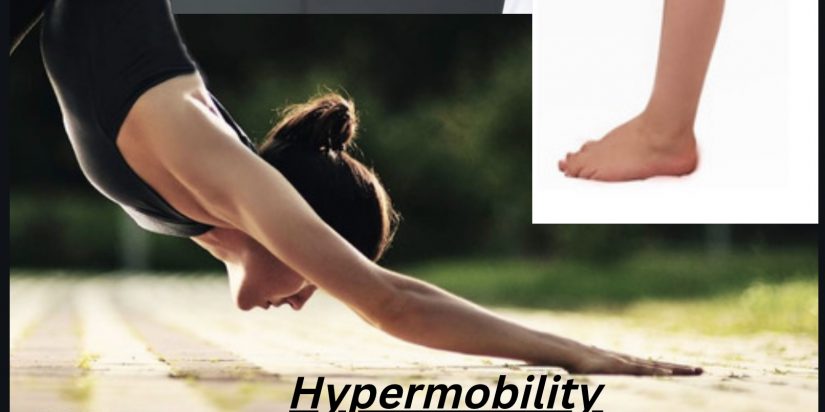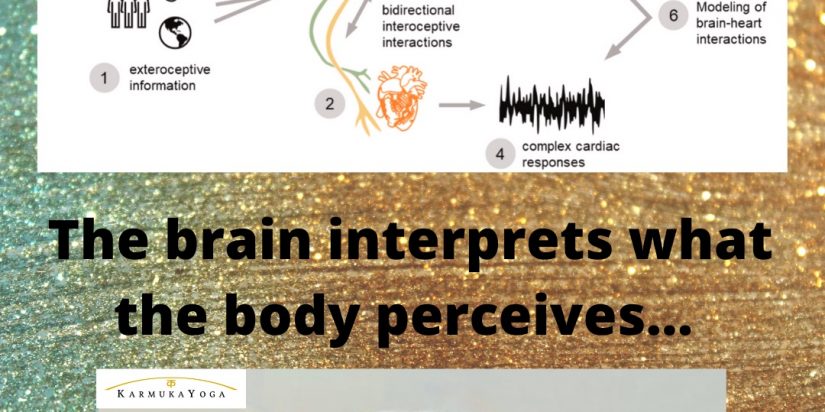Both the yogic mind and the truly scientific mind must be a living mind, learning, never ending. Gently holding onto observed truths and patterns, but willingly letting them go if proven to be false. In this way, the flow of knowledge is constant and is never dead or stagnant. It is this curiosity that sheds
Leer más...Blog

Hypermobility & Hypotension – Yoga Asana, Anxiety and Pain
Hypermobility, hyperextension, hyperflexability – these are different words all describing the same thing – a weakness or laxness in the connective tissue (fascia) of the joints. There is a tight link between anxiety and generalized hyper joint mobility as well as preliminary connections with depression, fibromaglia, chronic fatigue, and attention deficit (and hyperactivity) disorder. There
Leer más...
Yoga Asana and Vagus Nerve Function
Why physical posture affects your mood, perception of reality, creative and executive functioning. Research is identifying that a large part of our perceived reality has it’s basis in the ascending visceral communication of the body upwards to the brain (mainly through the vagus nerve), where it is then interpreted and then sent back to the
Leer más...The Enteric Nervous System and Vagus Nerve Function
The ENS (enteric nervous system) is composed of the largest accumlation of nerves in the human body. Yes. Even more than your brain!!! What and where is the ENS? The ENS is one of the three branches of the autonomic nervous system. It consists of a nerve plexus embeded in the intestinal wall that extends
Leer más...
The Mystery of Light & Atma – Yoga & Physics in Conversation
So I have a neighbor who lives downstairs from me. He is a physicist. And Sunday afternoon as we sat enjoying enchiladas potosinas and guacamole, he began to explain to me the concept and problem with the speed of light. Here it is summarized below. Imagine you see a train traveling at 50km per hour.
Leer más...